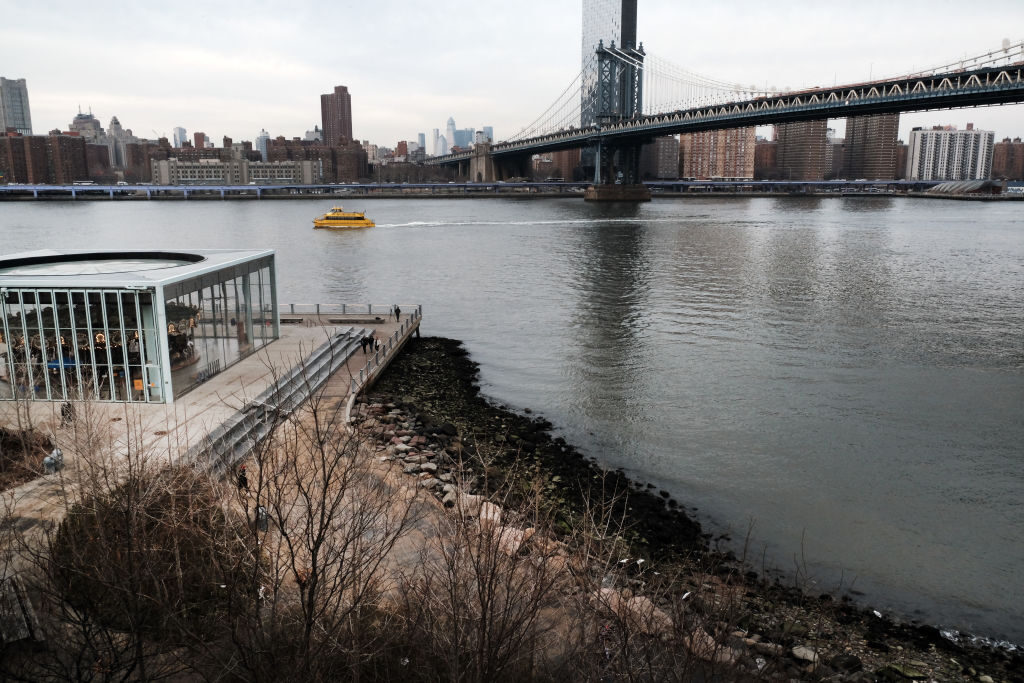


Will New York City become the next Atlantis?
Scientists found New York City’s sea levels are rising three to four times higher than the global average along the Atlantic coast of North America. The city is sinking between a rate of one millimetre to two millimetres a year.
The authors of the study point to the density and weight of the city’s buildings as a key factor into its sinking. There are more than one million buildings in the city with a collective weight of 1.7 trillion ton.
“Every additional high-rise building constructed at coastal, river, or lakefront settings could contribute to future flood risk, and that mitigation strategies may need to be included,” the study read.
For more than a decade, the city’s sinking has been an area of concern. In 2012, Hurricane Sandy “forced seawater into the city,” costing the city $19 billion. The risk of New York City experiencing another Sandy-level flood has doubled since 1950.
Lower Manhattan across the East River from Brooklyn Bridge Park on February 16, 2022 in the Brooklyn borough of New York City. A new interagency report, led by the National Oceanic and Atmospheric Administration, forecasts sea level in the U.S. will rise as much in the next 30 years as it did in the past century. (Spencer Platt/Getty Images)
“Repeated exposure of building foundations to salt water can corrode reinforcing steel and chemically weaken concrete causing structural weakening.”
When Hurricane Ida struck, New York City experienced heavy rainfall which “overwhelmed drainage systems.”
“New York City is ranked third in the world in terms of future exposed assets in terms of future exposed assets to coastal flooding, and 90% of the 67,400 structures in the expanded post-Hurricane-Sandy flood risk areas have not been built to floodplain standards,” the study cites.
By 2050, it is expected that 70 percent of the world’s population will be living in cities. The study points to urbanisation exacerbating the rising sea levels and a growing flood hazard to many cities.

